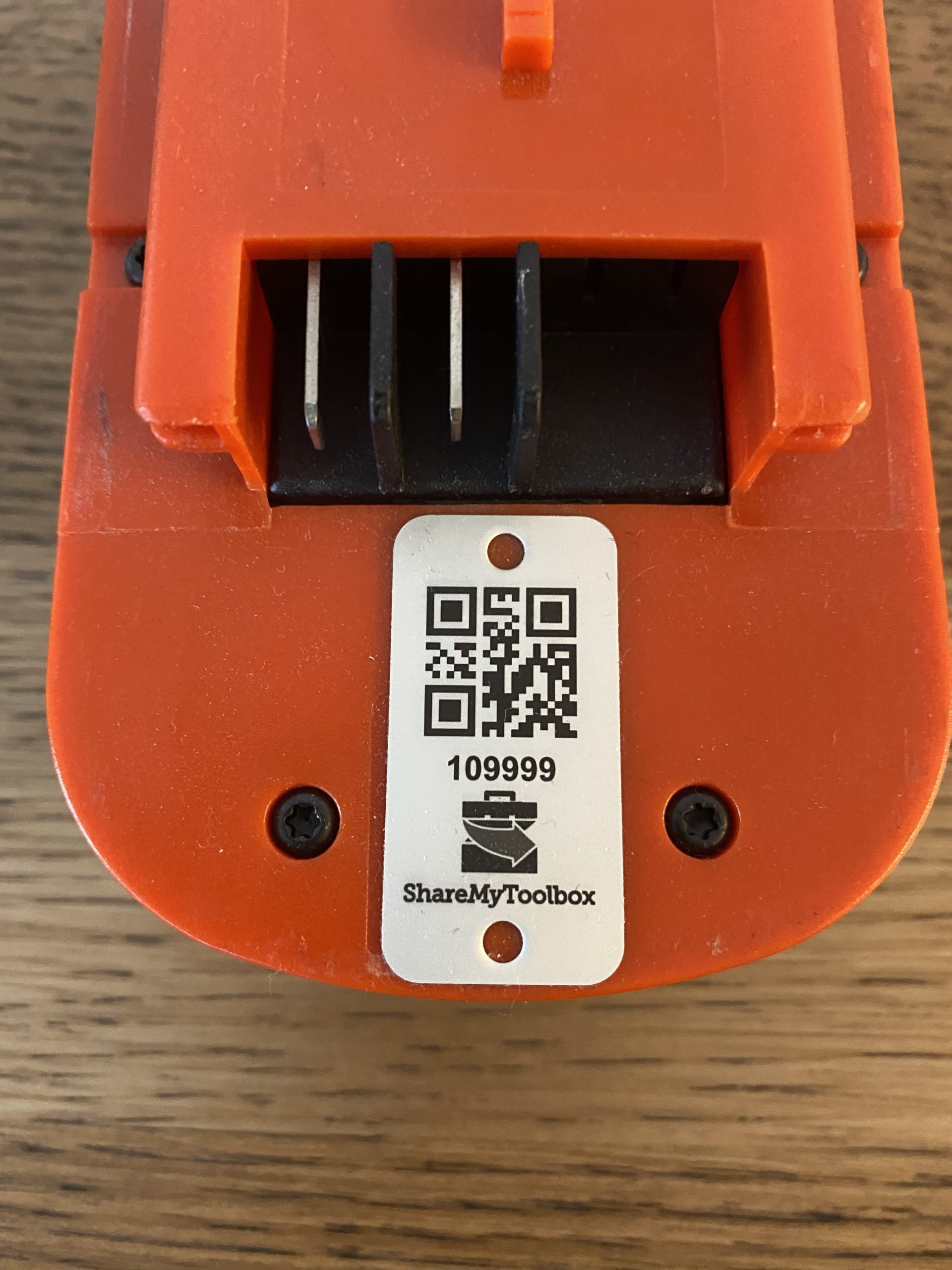QR Code Error Correction
Have you noticed all the different types of asset tags and labels in use? From the traditional barcode label to the QR Code square, there are labels seemingly everywhere. So where did the QR Code asset tag come from and why is everyone using them?
The QR Code has been in use since 1994 when it was created in the auto industry. The tag gained recent popularity when marketing people discovered that they could embed a website into the code. The square pixel looking boxes allow for storage of significantly more information than the older bar lines of traditional barcodes. This information combined with the wide availability of smart phones that can scan the codes gave marketers a brand new way to make their promotions more interactive. From coupons in aisles to signs on streets and most recently menus in restaurants QR codes have never been more widely used.
The QR-code\’s block design also has another lesser known benefit. The repeated box structure allows for qr code error correction if the code is partially damaged.
Borrowed from Wikipedia \”QR code\” page.
Why does QR Code Error Correction matter?
QR Error Correction is important in industries where the QR code is likely to be damaged or partially obscured. Tagging assets in construction, field services and utility work are areas where the harsh environment leads to damaged tags. Rugged metal photo asset tags can resist damage and scratching. However, nothing is indestructible and the harsh construction environment will damage even the most rugged tags. This is where error correction becomes important. The QR tag is often still readable even when portions of it are scratched or missing. In time sensitive industries like contracting this allows a tag to still be usable until it can be replaced.
QR Code Levels
There are 4 primary levels of QR codes as defined by their error correction capability:
- Level L – up to 7% error correction
- Level M – up to 15% error correction
- Level Q – up to 25% error correction
- Level H – up to 30% error correction
The error correction is essentially the duplication of the information imbedded into the code multiple times so that the scanner can still interpret the code even when areas of the tag are obscured.
What QR Code or Barcode should contractors use?
We recommend that contractors who deal in harsh environments use a QR code of at least Level Q quality. This 25% error correction seems to be ideal for construction. Additionally, we recommend a rugged metal photo tag. The tags can come with an adhesive on the back so they can peel & stick. They can also come with holes to enable hanging or riveting where appropriate.
Even with high error correction and rugged tags it is important that contractors realize that replacing tags will still need to occur. This is why it is important that any software in use by a contractor allows barcodes to be changed quickly and easily without losing the history or information on an asset. The ability to use a variety of asset tag types and styles is critical for construction companies.
ShareMyToolbox Standard Labels
We recommend the following standard label. In our testing it is the best balance of cost vs capability. You can see the size and layout we recommend in the image. Click here for more information on our small tool asset tags.
More Tag Information
CamCode created a guide for selecting asset labels to help simplify the process. Feel free to read the asset label selection guide here.
This guide helps you choose the ideal tags by answering the following questions:
What are the considerations when choosing an asset tags & labels?
Which asset labels are best suited forhttps://www.sharemytoolbox.com/modern-asset-tag/ different needs?
What is the environment your equipment is in and how does this impact the selection?
More Online Tracking Tool Information
Readers also might find the following articles about equipment tracking and online tracking tools helpful:
Modern Asset Tagging: Options for Asset Tagging
How to select barcode labels that stick: Getting Barcode Labels that Stick
See Tool Tracking Tips
Free and open access to articles, case studies and tool tracking best practices.
